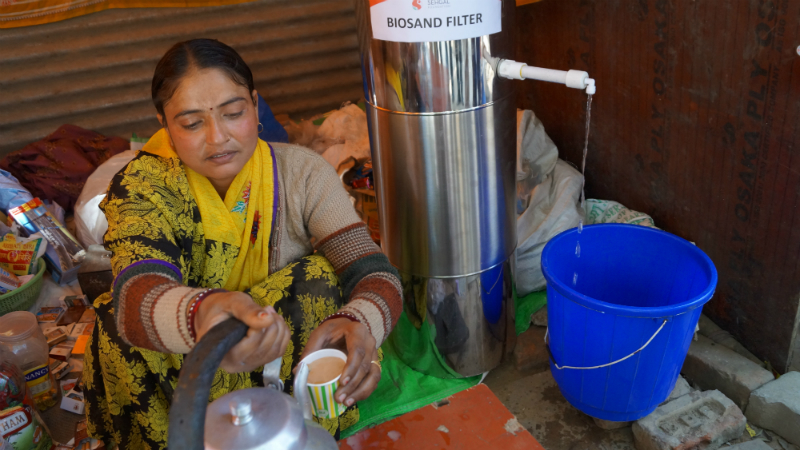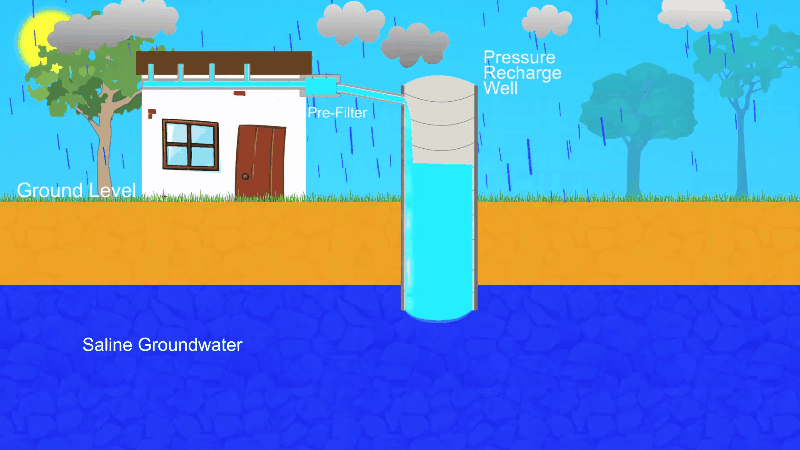As the second-most populated nation on Earth, India struggles to provide healthy drinking water for its entire population of 1.2 billion residents. More specifically, it’s estimated that sixty percent of Indians live in rural areas that may not have clean drinking water, and by 2050, this figure is expected to drastically increase—unless of course something is done. One company claims to have engineered a solution.

Approximately 80,000 square miles of Indian land contains water too salty to drink as much of the groundwater is brackish with high saline levels. Since desalination resources aren’t available, the water remains non-drinkable as well as ineffective for irrigation.
Civil engineers at the Sehgal Foundation, a 16-year-old Indian nonprofit organization, have created a well design that does a better job of collecting fresh rainwater than could be gathered from the wells used in rural areas.
Several communities in India use recharge wells, concrete tubes underground designed to accumulate rainwater runoff from rooftops during monsoons or other points of overflow. That water is then pushed back into the ground during a process called “groundwater recharge” but pumping too much water out of the ground results in many aquifers (rocks underground saturated with usable water) drying up. Recharge wells help solve this problem by “recharging” the underground water supply.
The Sehgal team sought out to redesign recharge wells by stretching them out in both directions like putty. The section above ground is lengthened, while the part below is extended deeper into the Earth, increasing the hydrostatic pressure within the well. When the pressurized water is collected, it pierces through the saline groundwater underneath, forming a “bubble” of freshwater within. The pressure exerted around the salty water keeps the pocket of drinkable water intact.

Next, freshwater from within the pocket is propelled to the surface using a hand pump and then driven through a filter that rids the water of any contaminants. There you have it: safe, usable drinking water.
According to the Global Water Forum, worldwide demand for clean water will jump 55% by 2050. The only way to meet the needs of this growing demand is by using clever technology like the one introduced by the Sehgal Foundation; it could be a game-changer for Earth’s ever-growing population.
Via Gizmodo
Advertisement
Learn more about Electronic Products Magazine





